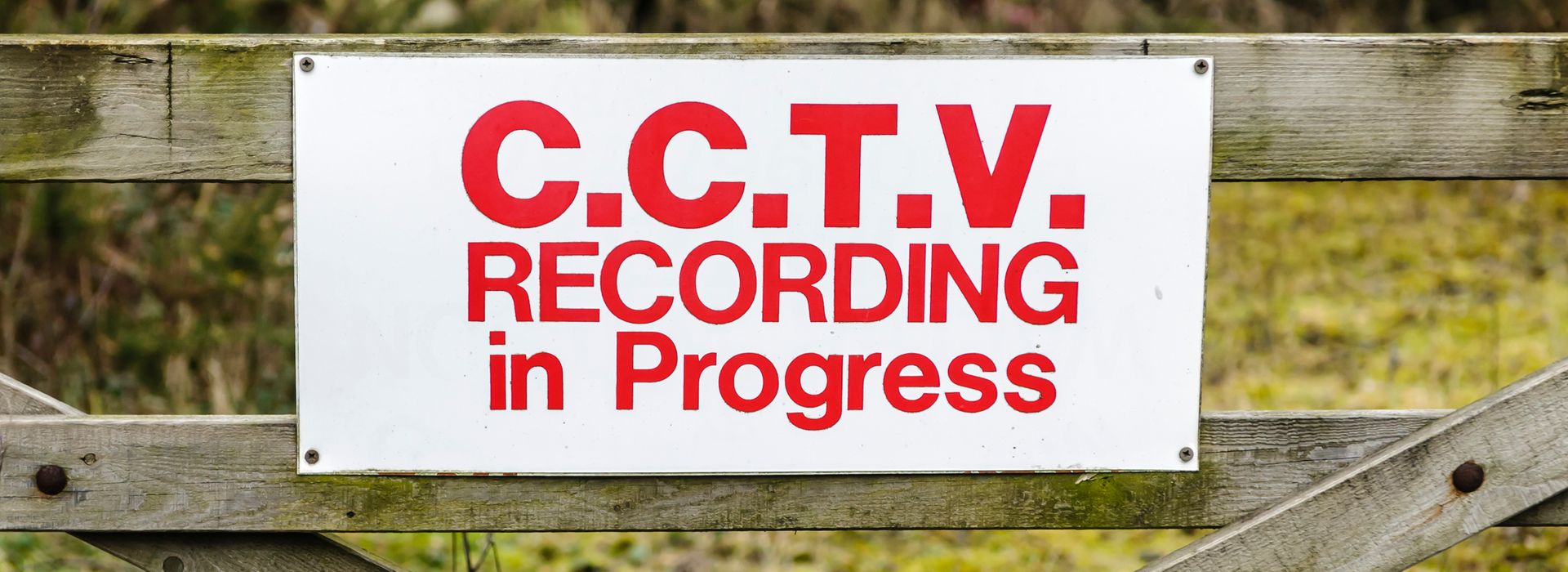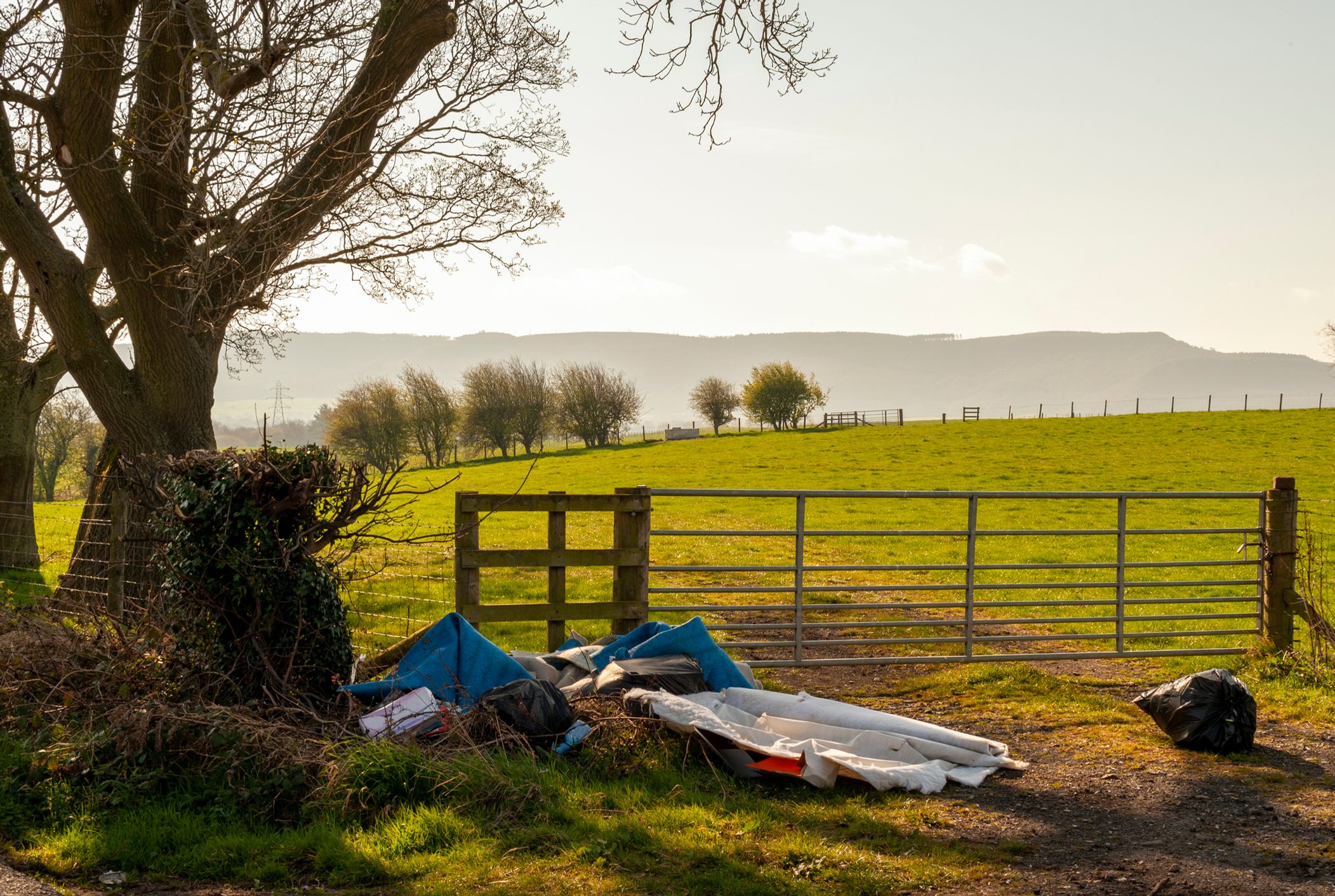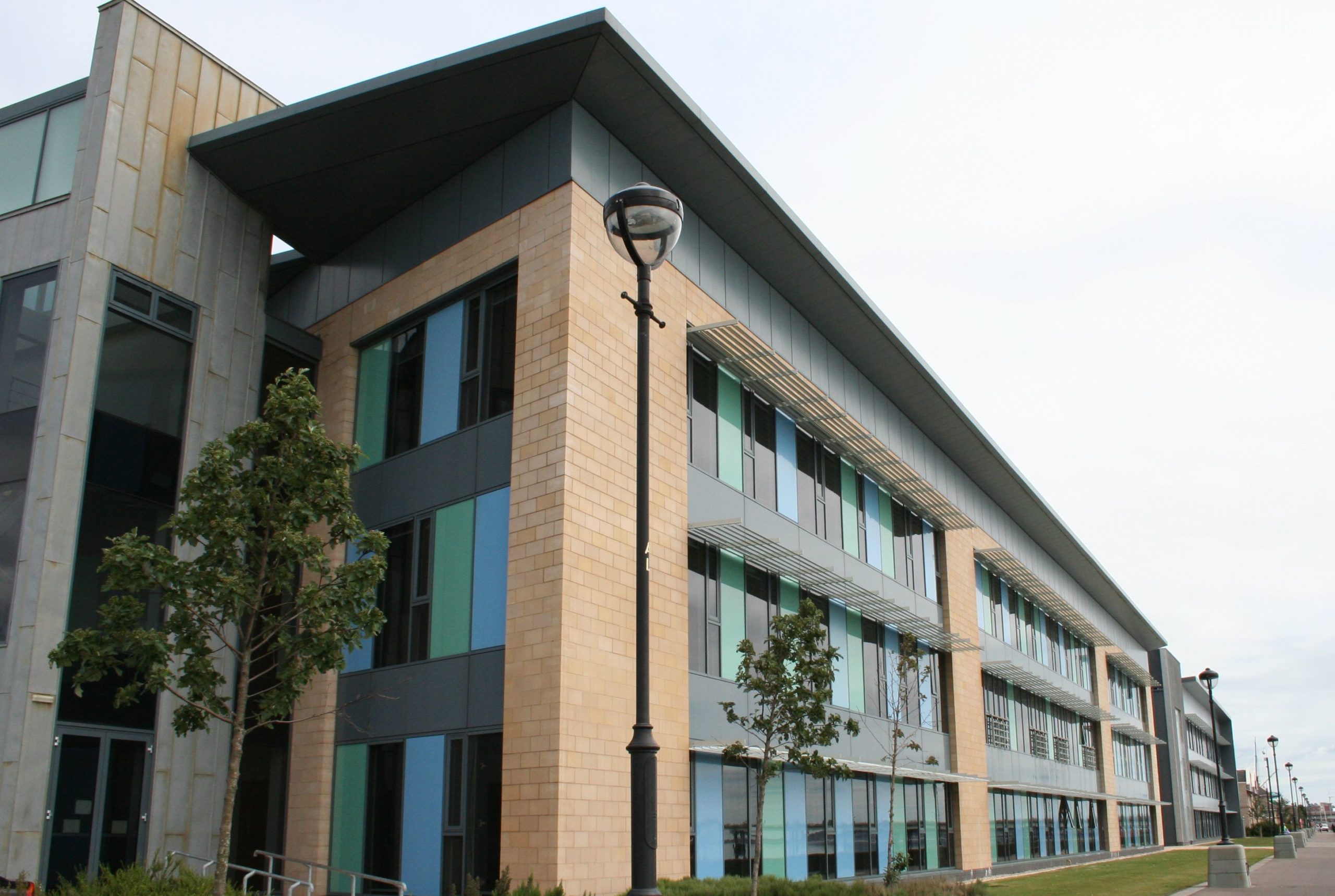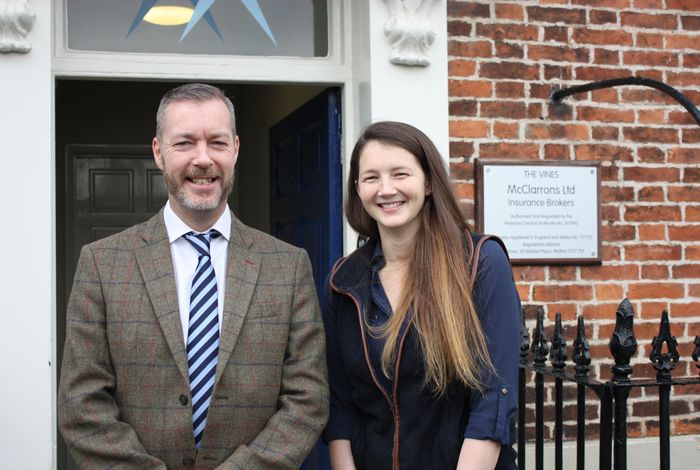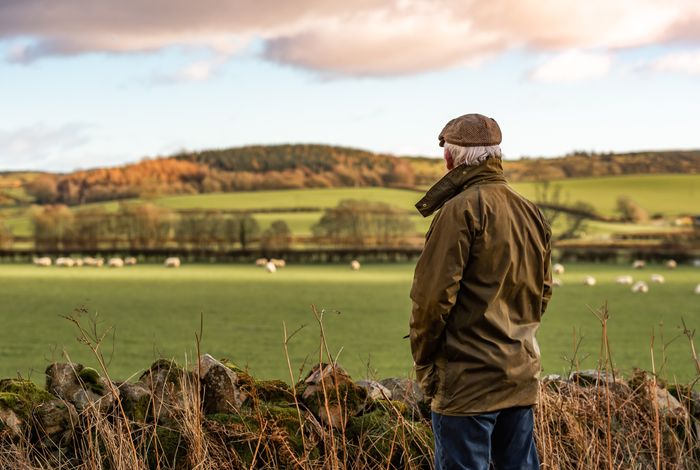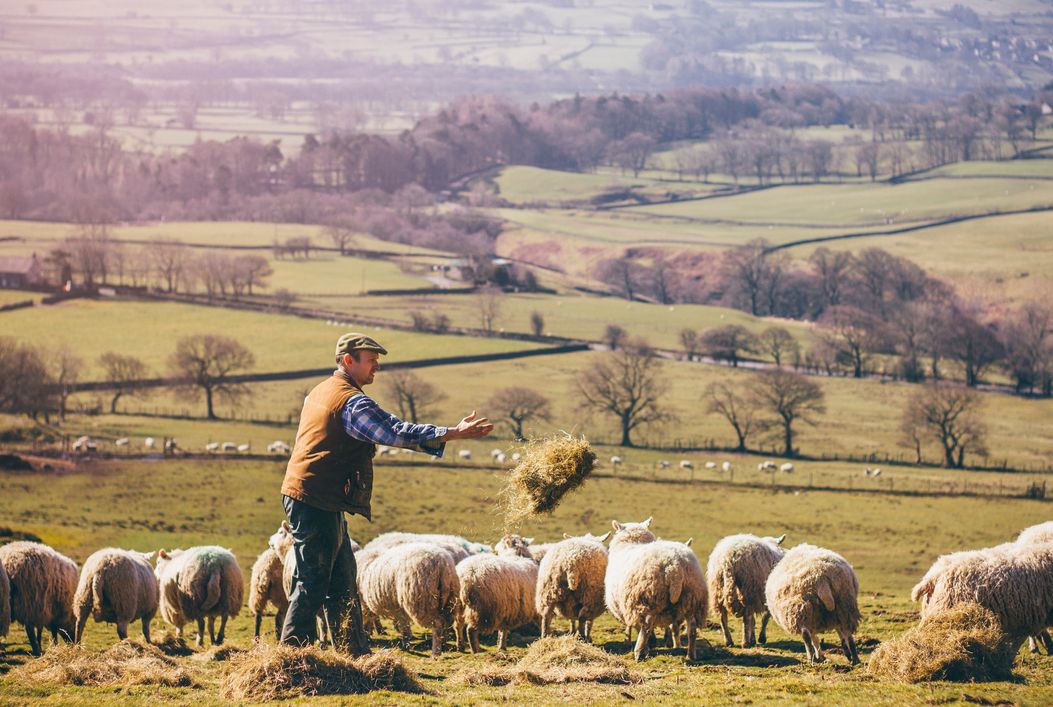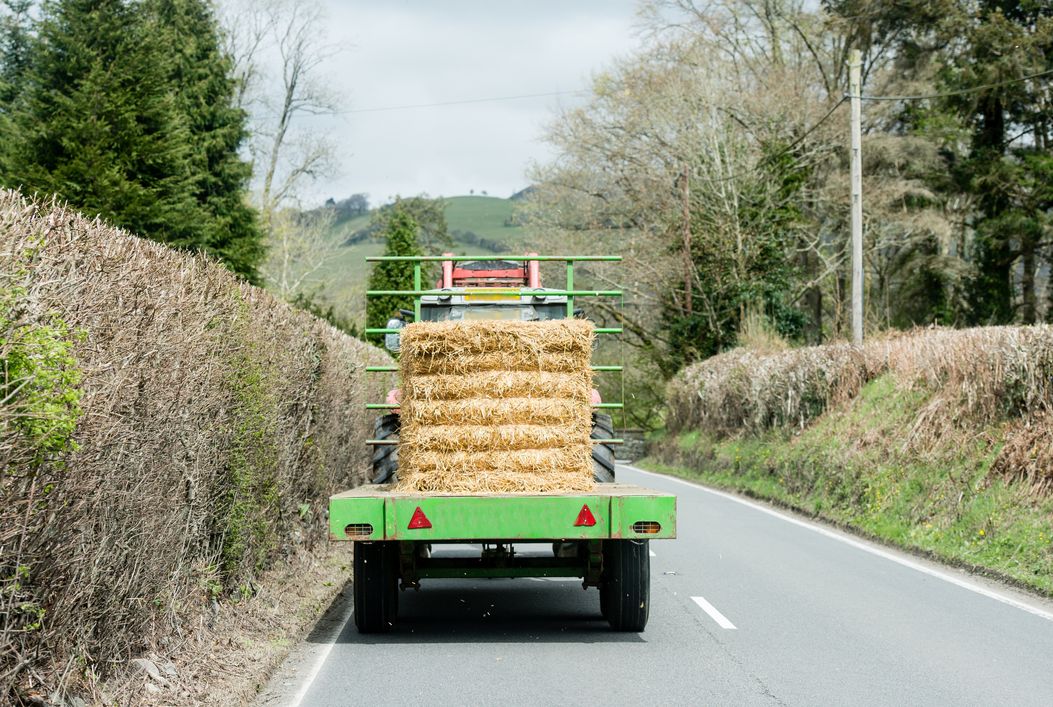With yet another rise in rural crime costs, farmers are turning to traditional methods to defy organised criminal gangs who target farming vehicles and equipment.
Figures reveal a 13.4% rise in rural crime, reaching a worrying cost of £44.5m, the highest figures in four years. Quadbikes/all-terrain-vehicles, tools and machinery were most targeted by the thieves.
The stats also show that the rural crime problem is nationwide, with Wales, the Midlands and the South East facing huge surges of up to 41%. Police in Northern Ireland—another area which saw higher theft costs than in previous years—revealed that criminals are now more likely to steal from farms, yards and outhouses than breaking into somebody’s home. The much smaller risk of being seen compared to the chances of being able to steal higher-value assets is evidenced by the stats.
Most unsettling, perhaps, is the level of organisation criminal gangs are showing in how they steal. Police confirmed that machinery stolen from farms is being used to smash into cash machines and village shops. It leaves many farmers and business owners at the mercy of such crime. One North Yorkshire farmer said he “wakes every morning expecting to go outside [to] find something [has] disappeared.” He alone has suffered thefts of three quad bikes, trailers, drills, chainsaws, produce and even livestock.
Broken down, agricultural vehicles accounted for almost £6m in theft costs, quadbikes cost £2.3m whilst livestock cost £2.4m. Farmers are being urged to remain as vigilant as possible, but with such structured crime, many farmers fall prey to thieves with little chance of stopping them.
That being said, many farmers have co-opted ‘medieval’ tactics to defend their equipment. Digging trenches, building earth banks and erecting entire walls and barriers are just some of the ways in which farmers are arming themselves. Combining these structures with modern technology such as CCTV, floodlit areas and intricate sensors seems a drastic but necessary step, and certainly looks to prevent would-be thieves.
The figures, however, remain on the up. Worrying still, Julie Mulligan from National Rural Crime Network suggested that whilst the figures are harrowing, they may not be entirely accurate. “While this report has stark numbers on the cost of crime, this is only the tip of the iceberg. We know many crimes in rural communities go unreported – especially by business owners, because they don’t feel the offence will be taken seriously or anything will be done”, Mulligan said.
Mulligan’s sentiments are shared across the agriculture industry. The ever-darkening wilderness seems littered not just of haphazard, opportunistic joyriders but tactile gangs with detailed plans.
McClarrons’ Head of Farm, Darren Felgate, often feels personally aggrieved for what his clients face after a theft but insists the industry must continue to stick together to combat organised rural crime. “Farmers and the wider rural community are fully aware that police resources are low and response times can be slow, so people simply don’t report many rural crimes, such as a visit from poachers or a suspicious vehicle in the area. Put simply, if the crime rate is to fall this must change; it is crucial that all crimes are recorded as policing priorities are determined by statistics. Forces require a true picture of the problem and this will take a joint effort from the police and the rural community. There is a long way to go before the countryside becomes a no-go area for criminals”.
If you would like to talk to one of our farm specialists to ensure you are adequately insured, contact us at farm@networkportfolio.co.uk/mcclarroninsurance.com or on 01653 697055.
Sources:
https://www.bbc.co.uk/news/uk-45042294
https://www.bbc.co.uk/news/uk-northern-ireland-45057223
http://www.nationalruralcrimenetwork.net/news/nfururalcrime/
https://www.theguardian.com/uk-news/2018/aug/06/farmers-using-medieval-methods-to-combat-rural



